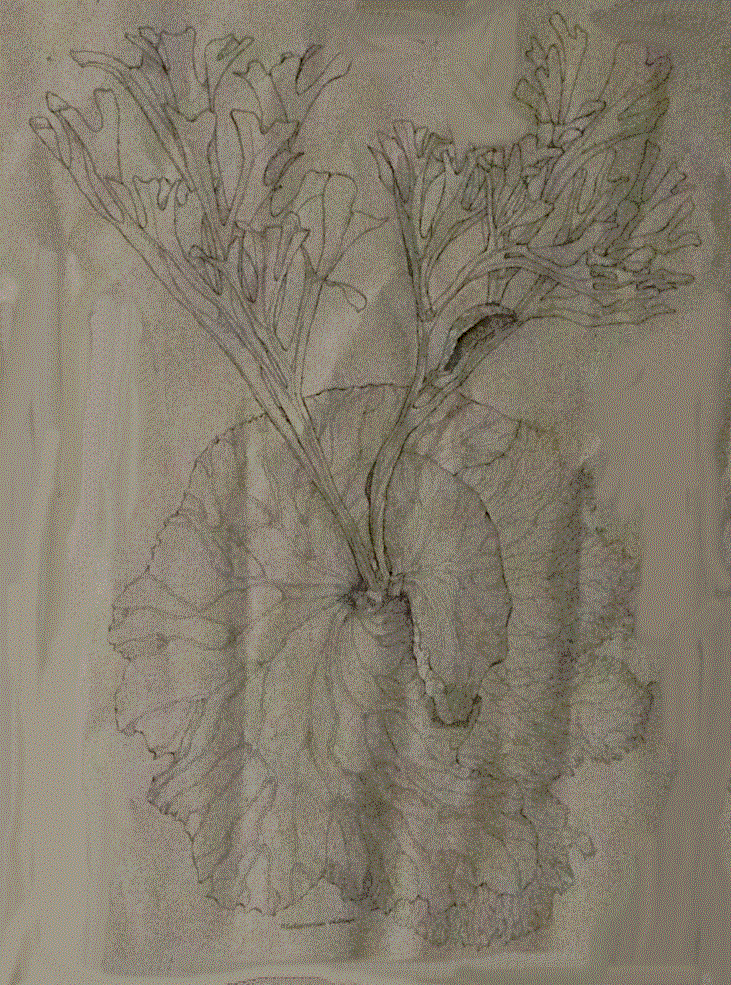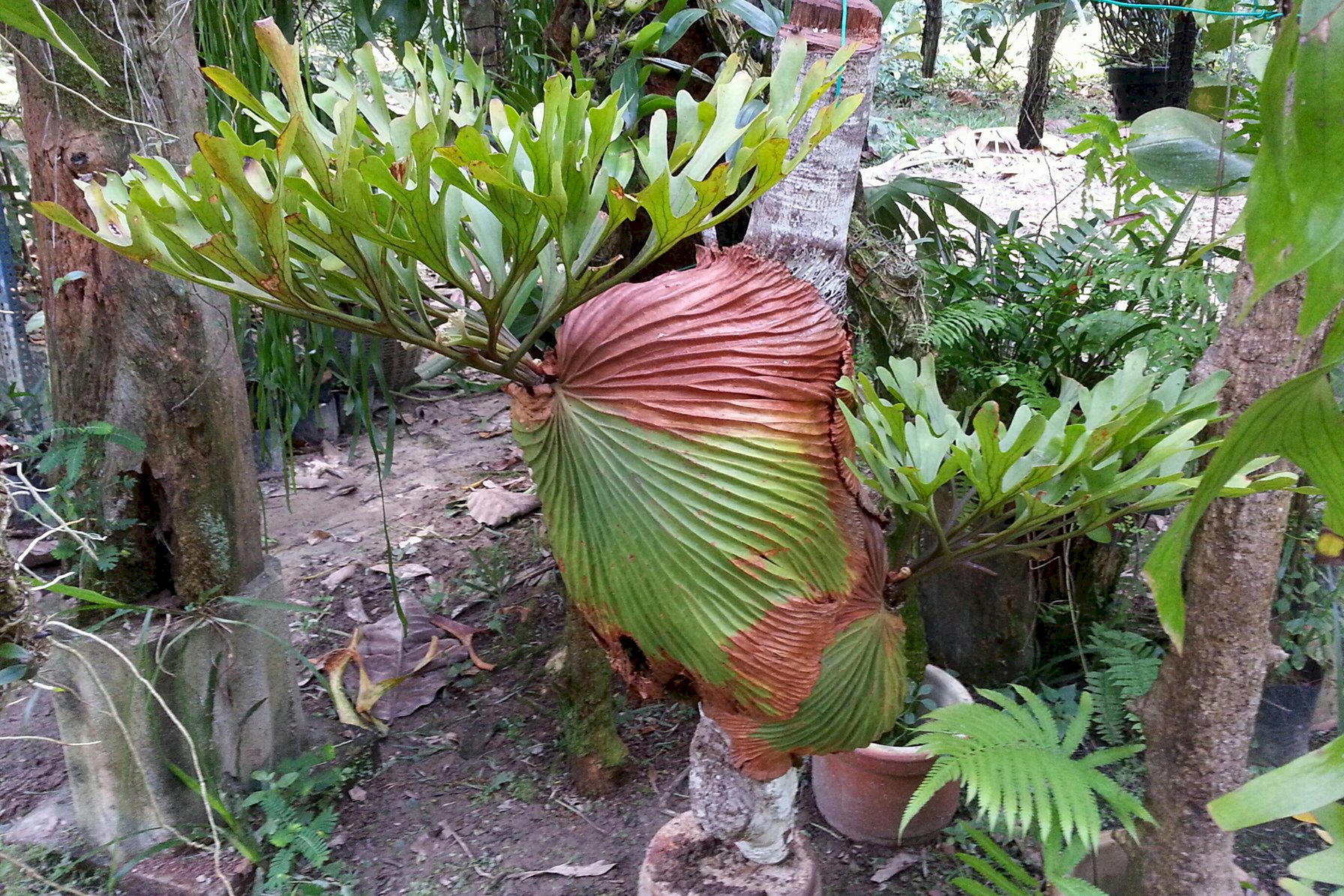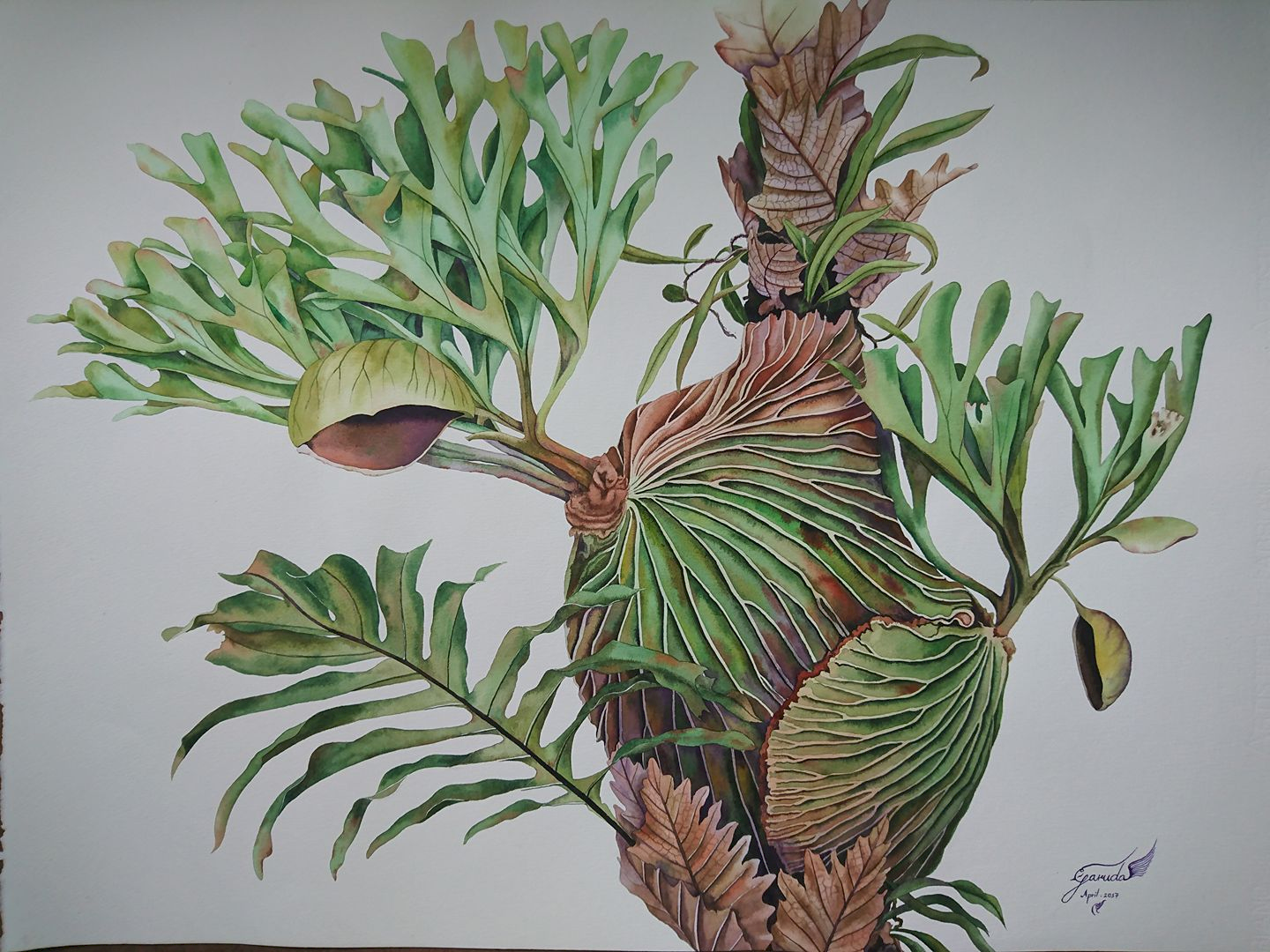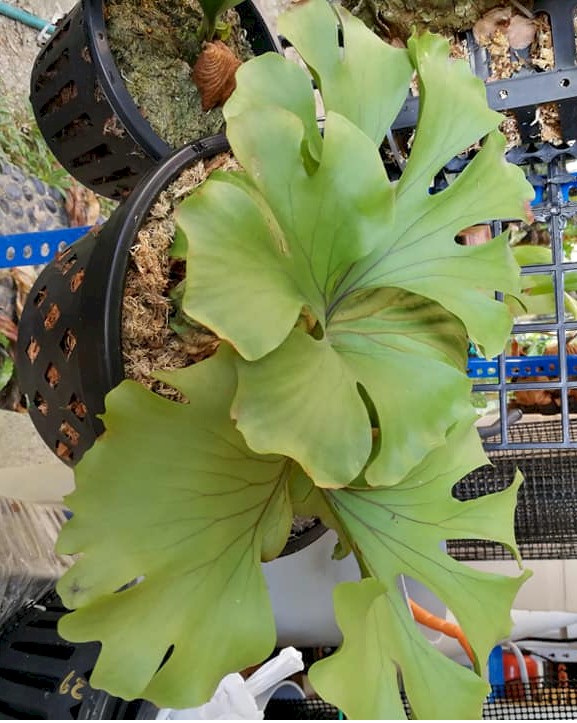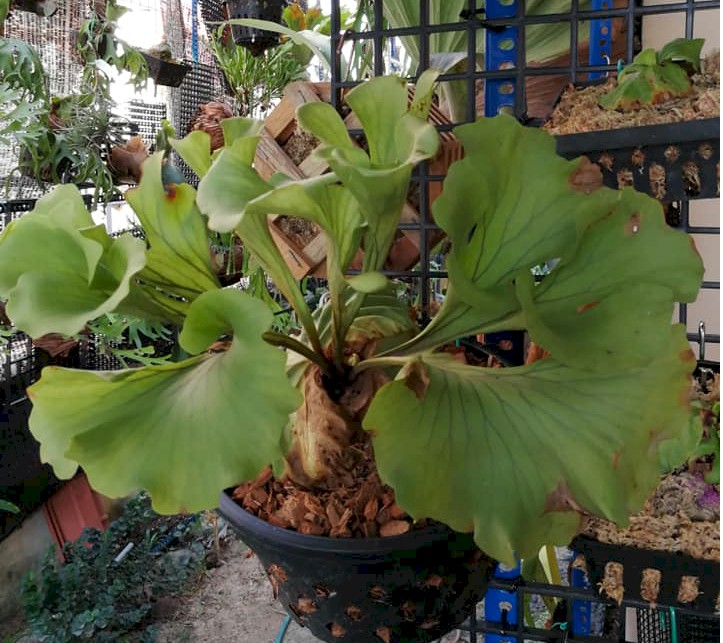|
Platycerium Ridleyi |
||||||
|
P. ridleyi is possibly the most sought after platycerium and difficult to grow in low humidity regions. The P. ridleyi grows fertile fronds similar to a bouquet of flowers and that is probably why it is so sought after. The P. ridleyi is named for J. Rieldy, author of "Ferns of the Malay Peninsula." Roy Vail says "The fertile fronds of this species, particularly when young, bear such a great resemblance to the antlers of a deer that "staghorn" fits it perfectly. Of all the platyceriums that do not produce volunteers, the P. ridleyi is the smallest of group. The P. ridleyi and the P. coronarium are the only two species that produce spore pods instead of spore patches. The spore pods are spoon shaped with spore on the underside and branching off the fertile frond. Like its closest cousin, the P. coronarium, when the P. ridleyi is ready to drop its spore, it drops the spore in mass. The shield fronds are similar to the P. madagascariense with deeply grooved shield fronds. The ridges of the grooved veins cause open space between the shield fronds where ants tend to nest and provide nourishment. Roy Vail suggests that since the P. ridleyi grown high in the trees where air circulation is the best, air circulation is a key to its success while growing in private collections. However I have had very good success growing mine in a closed humidity chamber with little air circulation and infrequent watering. Loosely packed moss in an open orchid pot is a good growing medium for the P. ridleyi.
|
||||||
